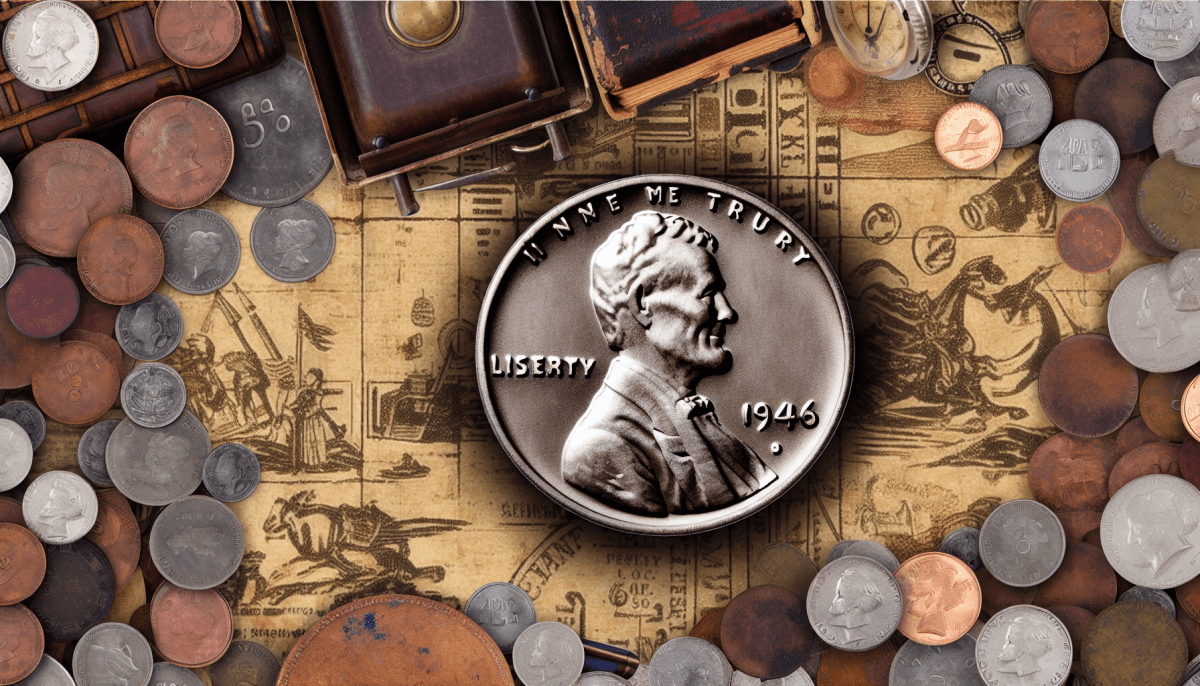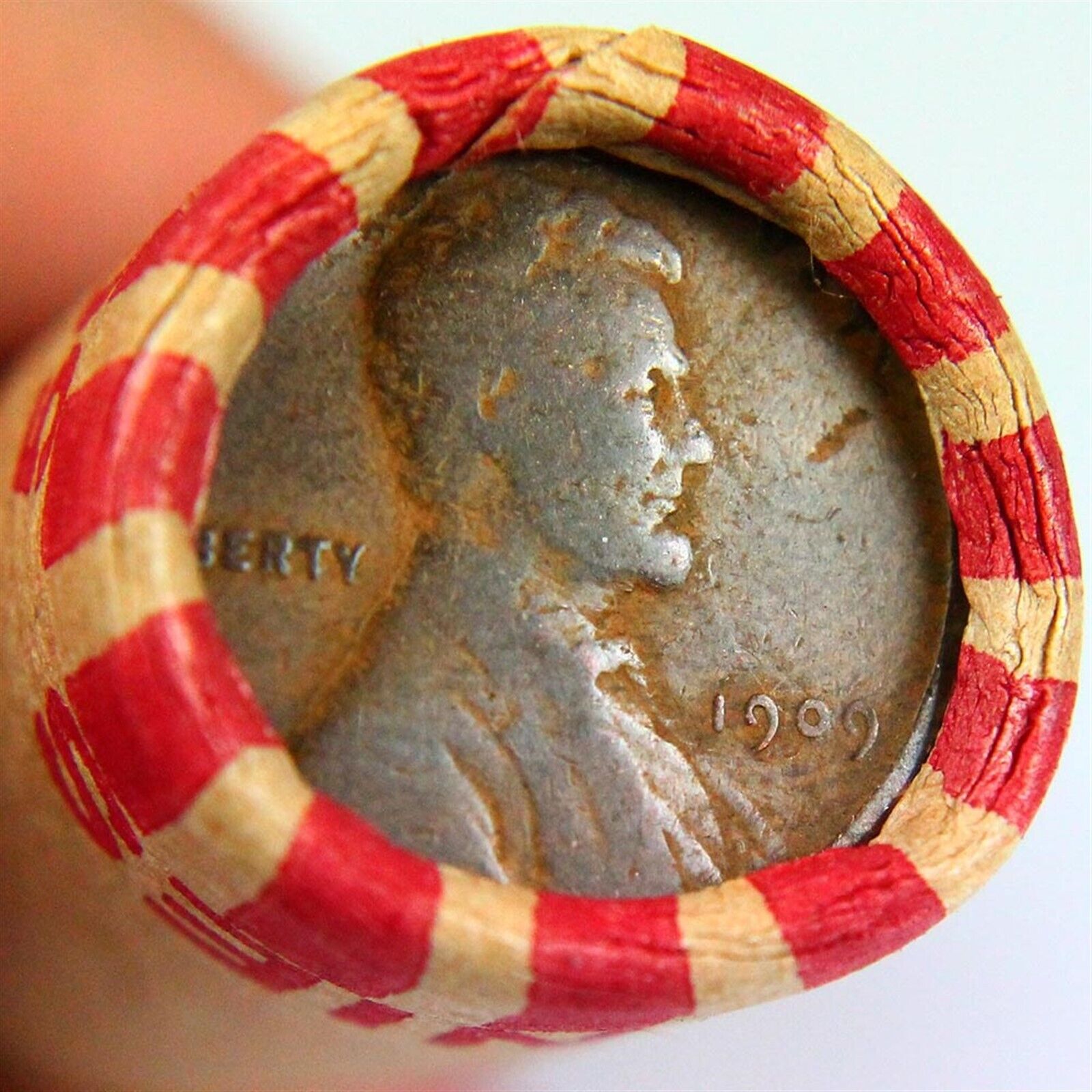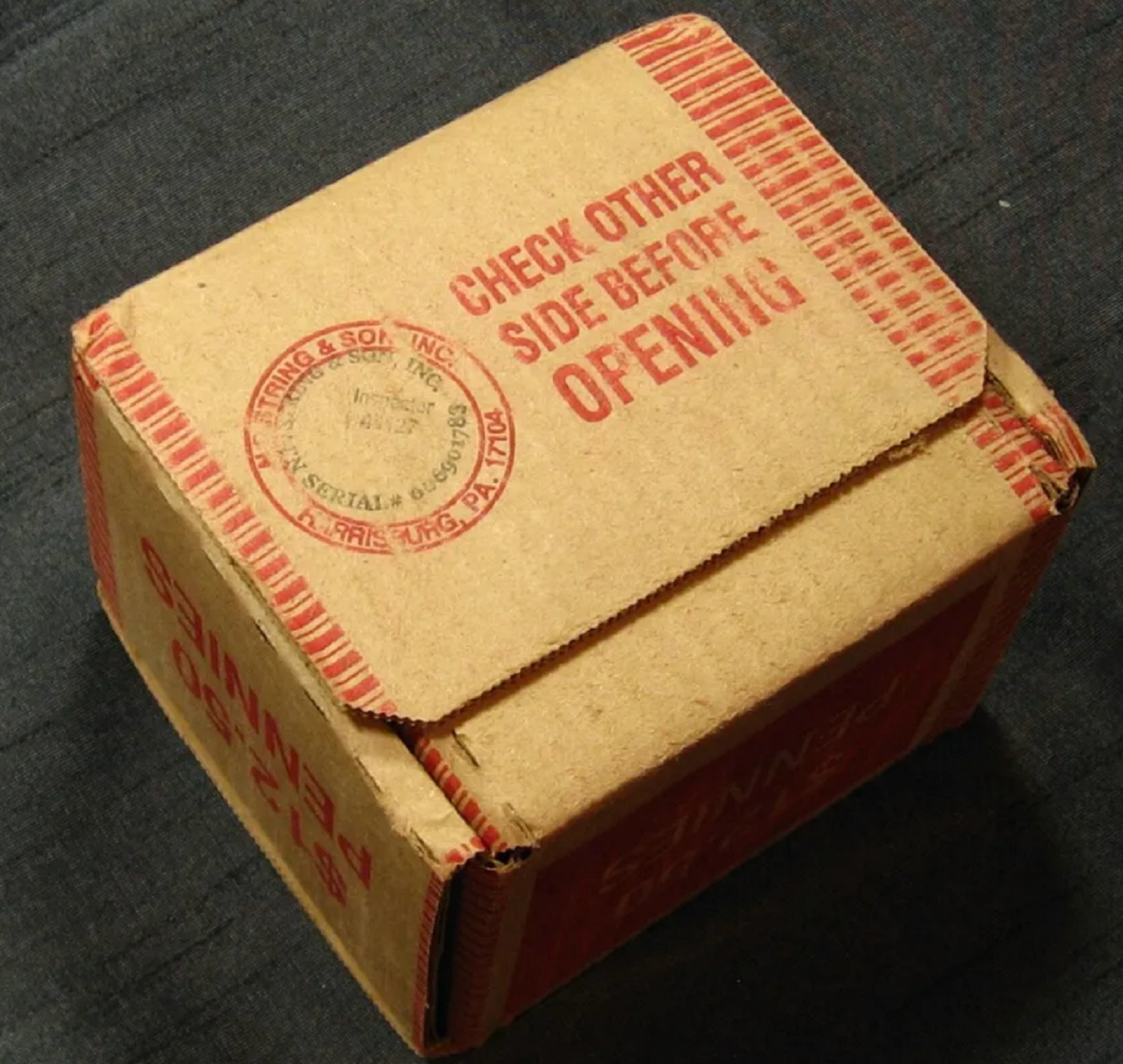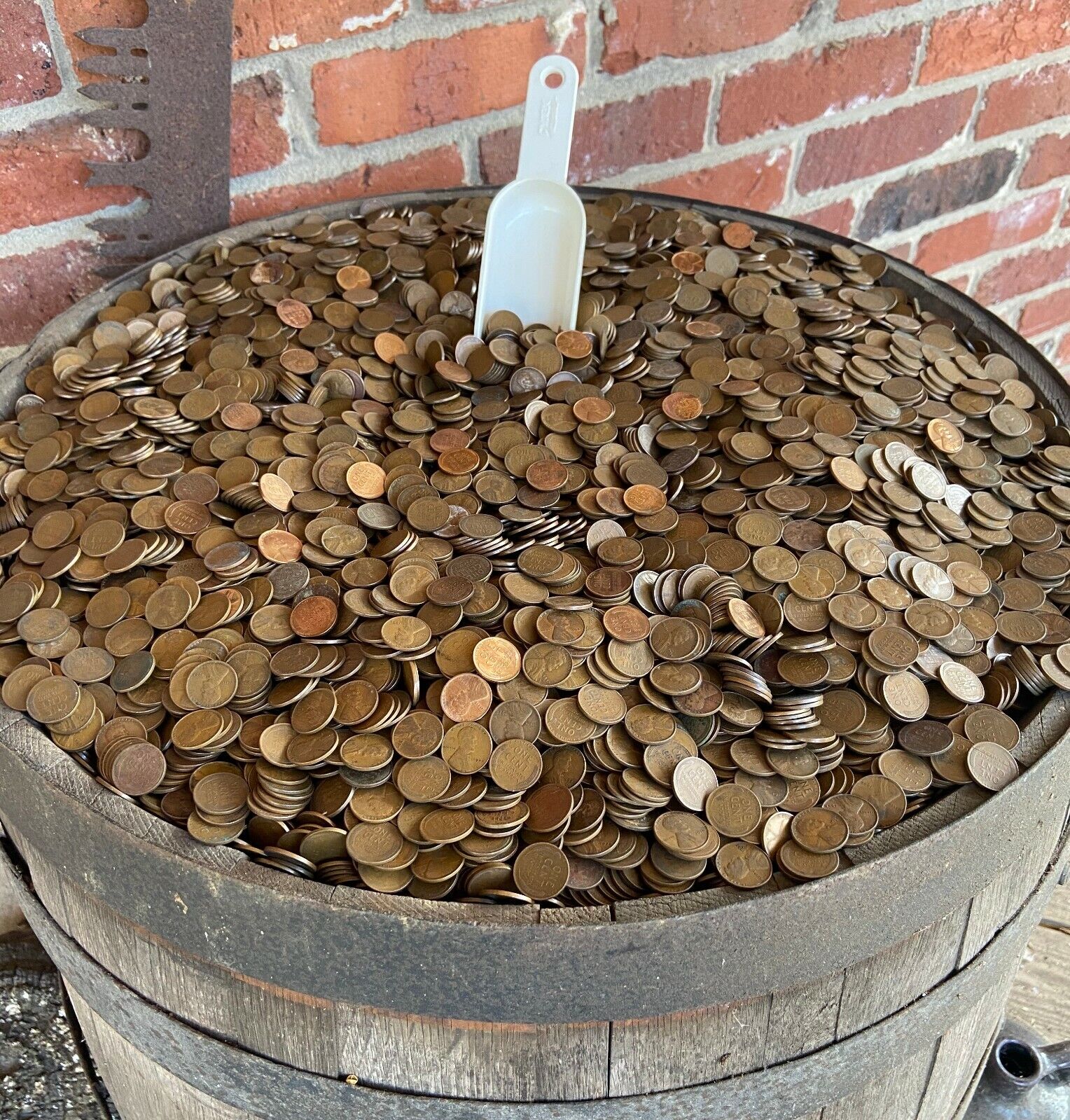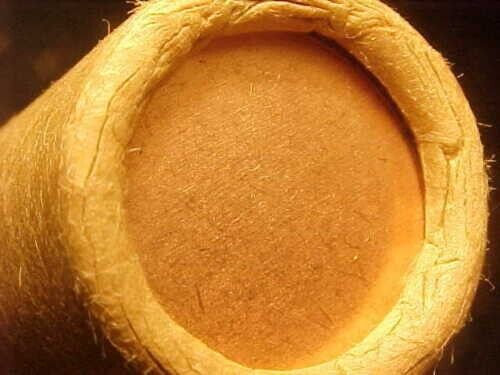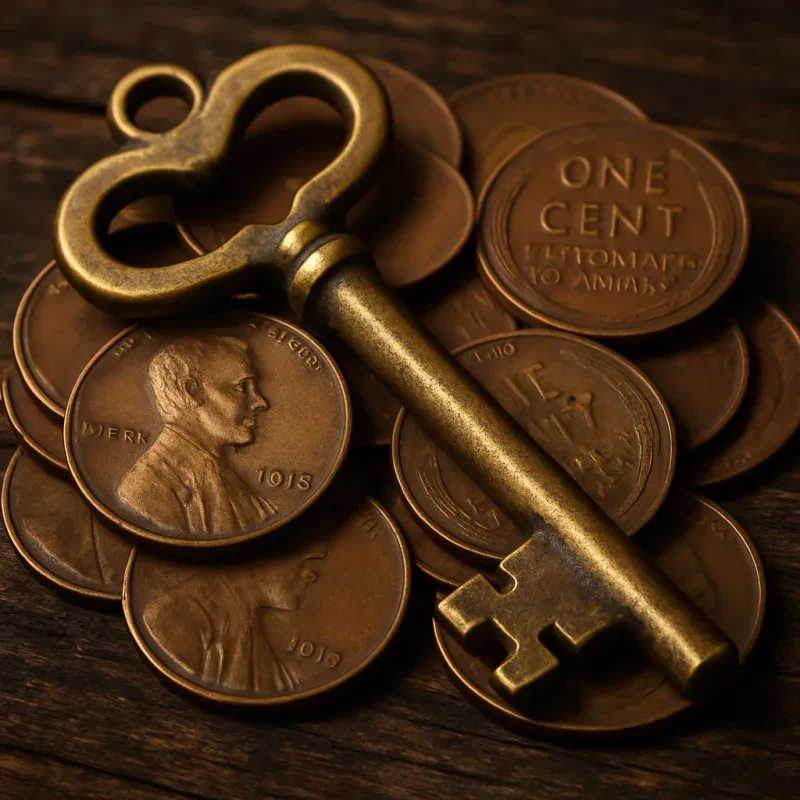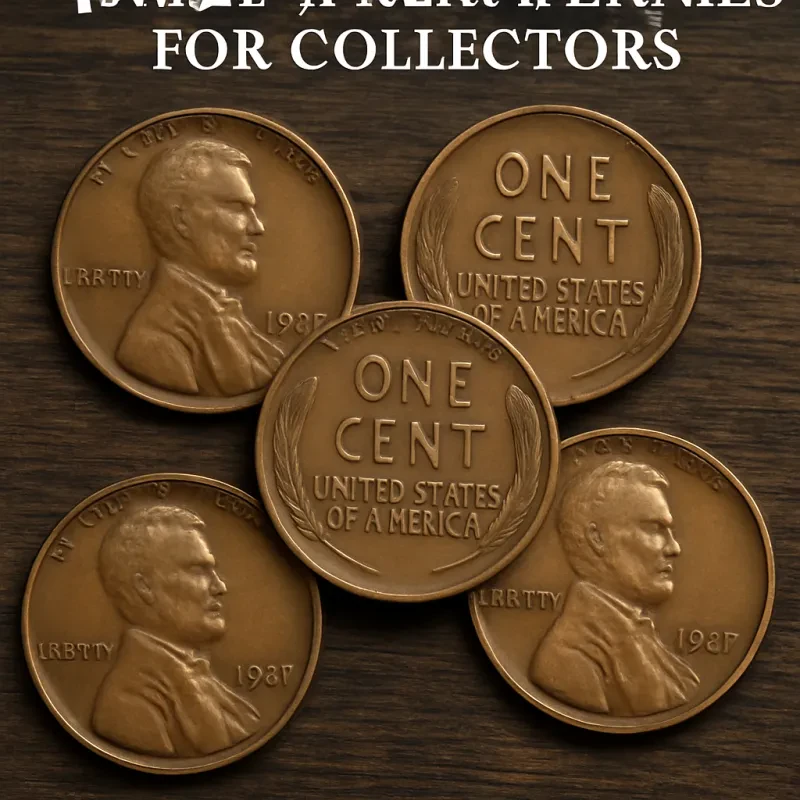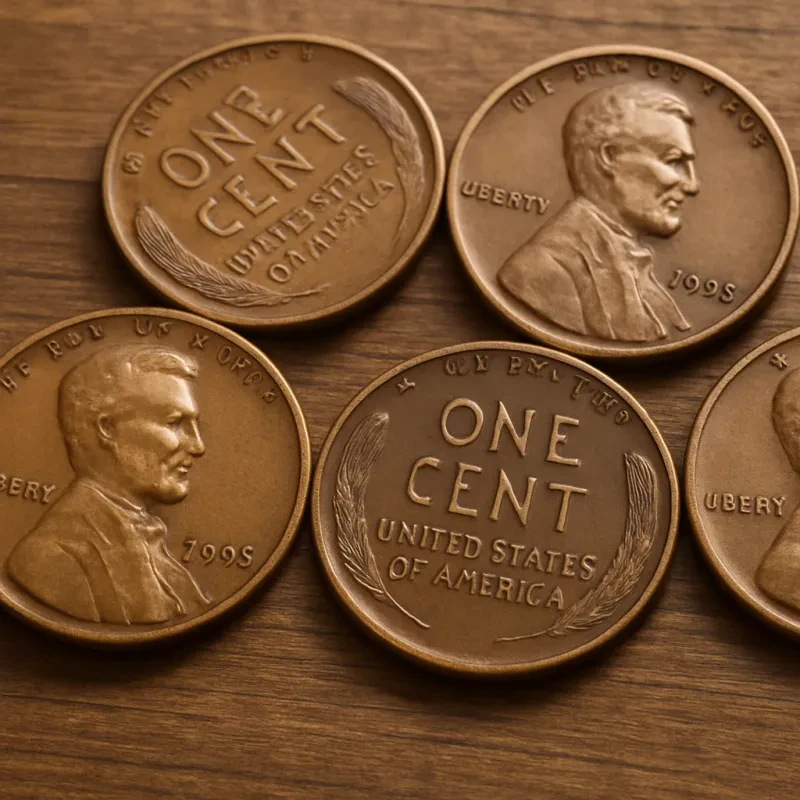The 1946 steel penny is one of the most intriguing coins in American numismatics. Many collectors have heard of this elusive piece, and rumors abound about its existence, rarity, and potential value. In this article, we’ll break down everything you need to know about the 1946 steel penny—from its origin and composition to how to determine if yours is authentic.
What Is the 1946 Steel Penny?
A Case of Mistaken Identity
The United States Mint only officially produced steel pennies in 1943, due to wartime shortages of copper during World War II. These 1943 pennies were made of steel coated in zinc to conserve copper for military equipment.
However, in 1946, pennies returned to their standard copper composition. So where do 1946 steel pennies come from? Most often, they're plated fakes, not official U.S. Mint issues. But there are extremely rare exceptions—some authentic 1946 steel pennies exist due to planchet errors.
Why Were Steel Pennies Made in the First Place?
During World War II, copper was a strategic material. To support the war effort, the U.S. Mint used steel planchets in 1943 to mint Lincoln cents. These steel cents are light gray in color and magnetic, unlike traditional copper coins.
The Mint returned to copper in 1944, using salvaged ammunition shells. By 1946, the war had ended, and the minting of pennies using standard bronze resumed.
Are 1946 Steel Pennies Real?
Genuine 1946 Steel Cents Are Ultra-Rare
Although not officially minted in 1946, a very limited number of 1946 steel cents may have been struck accidentally. This could have occurred if a leftover steel planchet from 1943 (or a test piece) was still in the system during production.
Only a few verified specimens are known, and their existence has been authenticated by third-party grading services such as PCGS and NGC. These are considered off-metal error coins and are highly valuable.
How to Identify a Genuine 1946 Steel Penny
If you believe you have a 1946 steel penny, you must verify its authenticity. Here's how:
1. Check the Magnet Test
Genuine steel cents are magnetic. If your 1946 penny sticks to a magnet, it could be steel—but more likely a copper coin plated with steel or zinc.
2. Weigh the Coin
-
A genuine steel penny weighs 2.70 grams
-
A copper penny from 1946 weighs 3.11 grams
-
Fake plated coins will often weigh more than a true steel penny due to added layers
3. Examine with a Loupe or Microscope
-
Look for signs of plating, especially around the edges and lettering
-
Fake coins often have blisters, uneven coating, or wear patterns inconsistent with natural minting
4. Seek Professional Grading
For a definitive answer, submit your coin to PCGS, NGC, or ANACS for professional evaluation. Only a certified grading service can verify if your coin is a true mint error or a novelty piece.
Value of a 1946 Steel Penny
What’s It Worth?
-
Common 1946 pennies (copper): 5 to 20 cents in circulated condition
-
1946 steel-plated fakes: No numismatic value; worth face value or a few dollars to curious collectors
-
Authentic 1946 steel penny: Can sell for $10,000 to over $100,000, depending on condition and provenance
Recent Auction Results
-
A certified authentic 1946 steel cent graded AU55 by PCGS sold for $41,975 at a Heritage Auction
-
Higher-grade examples, especially in mint state, could reach six figures
Common Myths and Misconceptions
“I Found a Silver Penny! It Must Be Worth a Fortune!”
This is a common scenario. In most cases, these “silver pennies” are plated copper coins, altered after minting for novelty or deception. These are not rare and have minimal collector value.
“1946 Steel Pennies Were Minted During Wartime”
False. The war had ended by 1946. Steel was no longer used for coinage, making any 1946 steel penny a minting error or post-mint alteration.
Tips for Coin Collectors
If you're a collector interested in rare off-metal errors like the 1946 steel penny, here are a few expert tips:
-
Focus on certified coins: Don’t purchase raw 1946 steel cents without third-party verification
-
Avoid eBay or online sellers unless reputable: Fakes abound in online marketplaces
-
Understand U.S. Mint history: Knowing when and why materials changed helps avoid falling for fakes
-
Build relationships with dealers and coin clubs: These can offer guidance, authentication services, and insider access to rare coins
Final Thoughts: Should You Chase the 1946 Steel Penny?
The 1946 steel penny remains one of the most fascinating error coins in American numismatics. While the vast majority are fakes or plated coins, authentic examples do exist—and they command extremely high prices.
If you think you’ve found one, don't rush to conclusions. Get it tested, weighed, and ideally, certified by a professional grading service. Whether it’s a real treasure or a clever fake, the journey of discovery is one of the many joys of coin collecting.
Frequently Asked Questions (FAQ)
Q: What is the most a 1946 steel penny has sold for?
A: One certified example sold for over $40,000. Prices can exceed $100,000 depending on grade and rarity.
Q: Are all 1946 steel pennies fake?
A: Most are. However, a few genuine mint error examples exist and are considered ultra-rare.
Q: Where can I authenticate my 1946 penny?
A: Use a trusted third-party grading service like PCGS, NGC, or ANACS.
